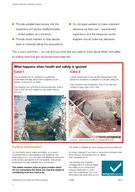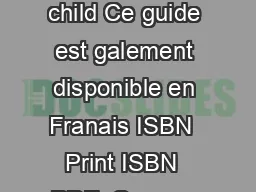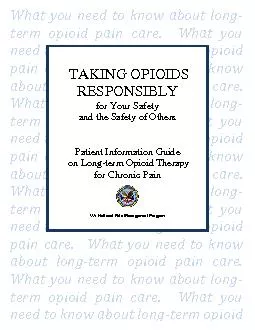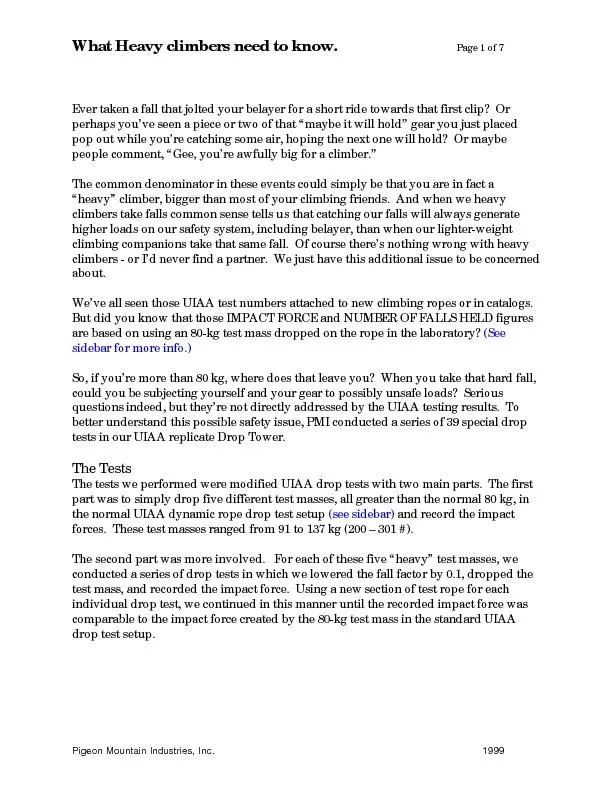PDF-What you need to know about
Author : danya | Published Date : 2022-08-21
CrimeanCongo Haemorrhagic Fever CCHF Question Answer Booklet THE REPUBLIC OF UGANDA MINISTRY OF HEALTH 2 1 How is CrimeanCongo Hemorrhagic fever transmitted CCHF
Presentation Embed Code
Download Presentation
Download Presentation The PPT/PDF document "What you need to know about" is the property of its rightful owner. Permission is granted to download and print the materials on this website for personal, non-commercial use only, and to display it on your personal computer provided you do not modify the materials and that you retain all copyright notices contained in the materials. By downloading content from our website, you accept the terms of this agreement.
What you need to know about: Transcript
Download Rules Of Document
"What you need to know about"The content belongs to its owner. You may download and print it for personal use, without modification, and keep all copyright notices. By downloading, you agree to these terms.
Related Documents














![[EPUB] - Bank On You: : You Don\'t Need An Advisor. You Need A Financial Education Overhaul.](https://thumbs.docslides.com/906847/epub-bank-on-you-you-don-t-need-an-advisor-you-need-a-financial-education-overhaul.jpg)